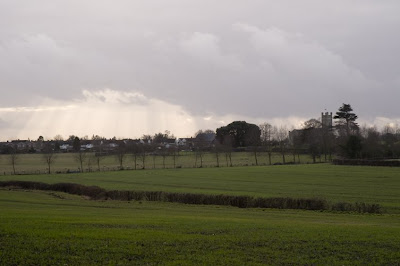
This is a multiple exposure done for the purpose of Ortonizing, and also high key. Hosta Blossoms in white vase in bathtub. Never thought before of using bathtub for high key. (You can click on this to make it larger). I don't seem to have any difficulty with this blog. Oops, I spoke too soon. I've tried three times and can't move it to February! So sorry.













